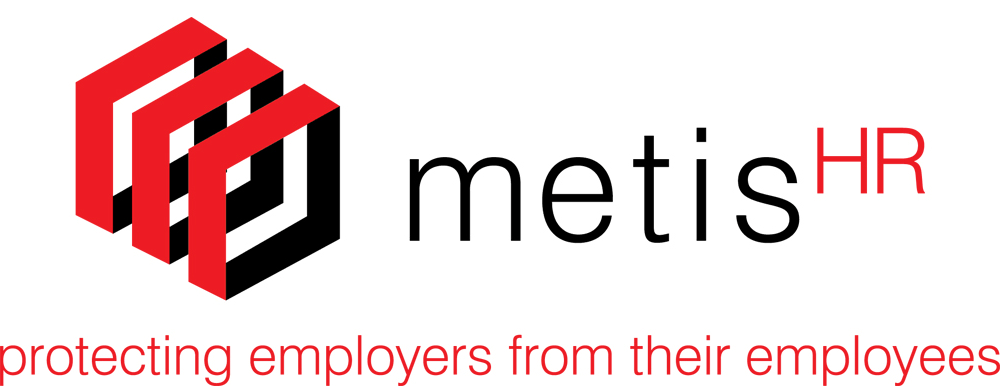By Metis HR.
First of all, what is an organisational structure?It is a fairly regular occurrence for us to begin working with a company, discussing HR issues to find out that there is no organisational structure and, that some business owners don’t understand what one is. It’s a family tree, a pictorial representation of reporting relationships, who manages who, who reports to who.
Company growth and organisational structureA structure diagram helps you establish the reporting relationships that govern the workflow of an organisation. A formal organisational structure diagram makes it easier to add new positions in the company, identifying which team the new post fits most closely with and who will take responsibility for the new post.
A formal organisational structure makes it easier to understand where your salary costs lie and when do you stop recruiting? Being able to take a helicopter view of the company and the posts within it allow you to ask questions about which posts are fully utilised and where there may be spare capacity to absorb additional responsibilities. Conversely, where there is headcount which is not fully utilised and where savings can be made.Significance for employees of having an organisational structure
As a business owner, you may know how you all the people inter-relate, who is responsible for what etc. but without a formal organisational structure diagram employees may find it difficult to know who has the final responsibility for what.An organisation structure improves operational efficiency by providing clarity. It is surprising how many companies which embark on drawing an organisational structure for the first time discover that it has numerous job titles for people doing the same or similar jobs e.g. administration assistant, office administrator and administrator being the array of titles in one company for people in different locations doing the same job (but being paid different salaries!).
Explaining what an organisational structure is to employeesJust as some business owners don’t know what an organisational structure is, so some employees don’t understand that it is a mechanism for identifying organisational relationships. A recent example of this was an administration officer who looked across the chart to find herself at the same level as a cleaner. To say she took umbrage at this is an understatement!
Although this example probably tells us more about that individual’s perception of their self-worth compared to another colleague, it highlighted a real problem when introducing an organisational structure into an organisation that’s never had one.You have to issue a set of instructions about how it is to be read or run the risk of uproar!
1. It should be read vertically not horizontally. 2. It shows lines of responsibility, it is not a job evaluation tool that visually depicts the worth of individual jobs. It should be read vertically not horizontally. 3. Often, the challenges of drawing an organisation structure, keeping it on one piece of paper and yet being able to use a font size big enough for people to read without a magnifying glass means that posts are slotted into the chart where there is space. Employees need guidance on how to read. It should be read vertically not horizontally. 4. It should be read vertically not horizontally!!!!One last thing, allocate a ‘keeper of the structure’; one person in the company who is responsible for maintaining the organisational structure, adding and deleting posts to always have an up to date organisation structure that wasn’t continually morphing.
We signed up one client that had been trying for five years to have one organisational structure. For five years department heads willy nilly changed reporting lines, recruited to posts that hadn’t been formally established and recruited to posts that were doing the same job that somebody was already doing in another part of the company. At one point in time they had three different representations of their organisation structure, together with an uncontrolled salary budget and lack of ownership and responsibility. It’s not unusual, and completely understandable, that a start-up business may not have a formal organisational structure but before you grow too big draw one out and issue it. Start before your workforce is too unwieldy so that your organisation can operate more smoothly and efficiently.Enjoyed this? Read more from Metis HR






















